Pioneering Community-run Radio in Laos: The Khoun Community Radio Station
by Birgitte Jallov with support by Laurence Mach
Dreams of a better life for themselves, their families and their communities motivated the first group of trained community broadcasters to volunteer and ultimately become the pioneers and trainers of community radio in the poorest districts of Laos. The broadcasters and board members of the Khoun Community Radio for Development live in the mountains and rice fields of the Laos province of Xieng Khoung.
Khoun District in the Xieng Khuoang Province
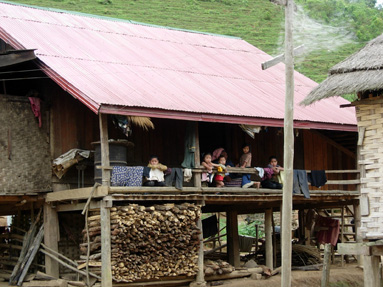
They represent a cross section of the province’s many ethnic groups and include women, people with disabilities, farmers, students and office workers.

The Xieng Khuoang Province is one of the areas in Laos hardest-hit by the more than 15-year-long “secret war,” during which two tons of bombs per inhabitant were dropped over the beautiful mountainsides and rice pastures.
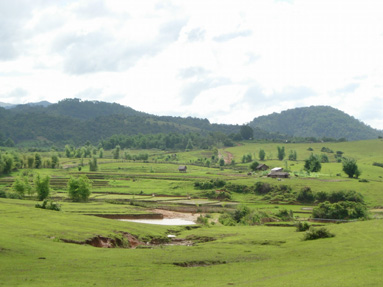
The landscape around the former provincial capital, Meung Khoun, or Khoun, is still marked by bomb craters.
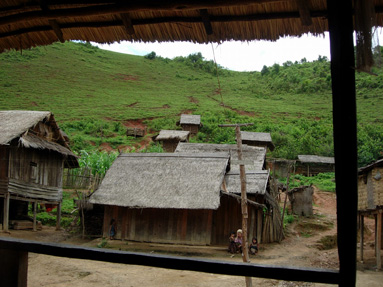
As one of the 47 poorest districts in Laos, the development challenges are immense for its 90 villages with more than 31,000 people: 40.6 percent are Lao Lum, 54.14 percent are Hmong and 5.22 percent are Khamu.
According to the 2005 Census, one-third of the district’s people have no access to roads, and two-thirds have no access to electricity. Eighty-two health centres exist in the district today. In 2000, skilled health personnel in Xieng Khuoang province attended only eight percent of births.

Furthermore, 40 of the 90 villages do not have a fully constructed primary school building.
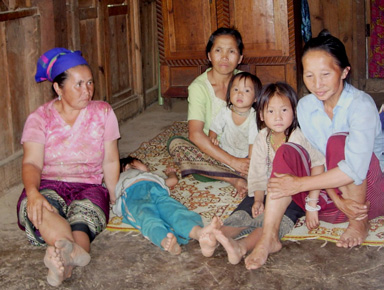
Twenty-five percent of the adults in the Khoun district are illiterate. Two-thirds are mostly ethnic women, and they are the most vulnerable group.
A Different Kind of Community Radio Station
It is in this setting that the Khoun Radio Support Project was initiated by the Ministry of Information and Culture, together with the United Nations Development Programme. The aim was to increase access to information in the Khoun district by creating a different kind of community radio station.

With focus on participation by ethnic people and vulnerable groups in all aspects of the radio station, the aim was to increase the voice and participation of the local communities in the development of the district by producing relevant information and by providing a channel for community debate and dialogue.

Starting in July 2006, a UNDP support project facilitated a one-year period of mobilisation and training of the community, reaching out to all of the many sub-communities within the district.

These communities recognised the importance and the empowering impact of community ownership and management of their own radio to the extent possible within the country’s one-party system. Only the Laos government can own media, including radio stations.

An in-depth participatory planning process began, involving the community volunteers who were broadcasters or on the board. A strategic plan and nine editorial groups emerged.
The Radio Station’s Mission
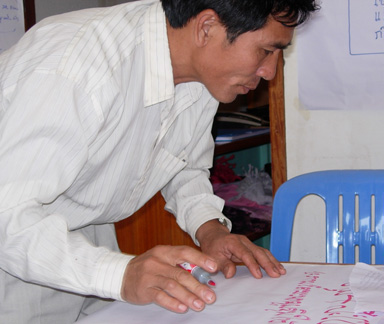
The community members crafted this mission statemen for the radio station: “The mission of Khoun Community Radio for Development is to give voice to the community and provide responsible and accurate information to the community, as well as to provide a platform y to discuss all issues relating to development and find solutions in line with party policies and state laws.”
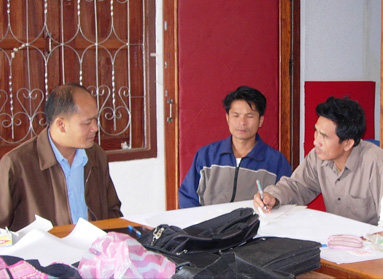
They based the radio’s programming on their own development priorities, creating nine editorial programme themes: 1) Health, including friends of people with disabilities; 2) Agriculture; 3) Education; 4) Peace and security, including law, justice, decrees and policies; 5) Culture; 6) Environment; 7) Youth and children; 8) Labourers and welfare; and 9) Local and community news.
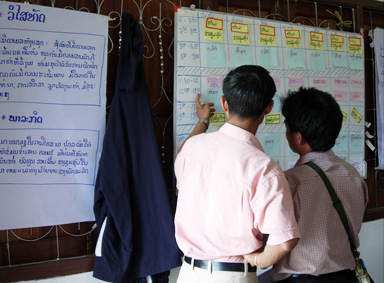
Community members arranged and rearranged programmes on a weekly ”map,” striving to find the ideal timing for all. They worked to ensure that the programming schedule respected the listening habits and opportunities of the station’s multiple audiences. This exercise was very intense—and lasted into the night.

The community decided to treat each of the editorial programme themes in three separate language groups: Lao-lum, Hmong and Khmu, with representatives of each of the language groups taking part in each of the themes.

And after discussing, researching and planning the programmes, they developed three programmes in parallel, inserting the relevant cultural aspects, music etc.
Making Plans a Reality
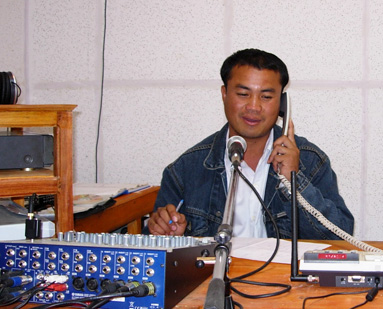
While the community continued planning and organising, the station was built. It included a working and meeting space for the editorial groups, as well as an on-air studio and a production studio.
The Official Launch
Sixteen months after starting the project, the station was officially inaugurated as the first community-run community radio in Laos.

Early in the morning, all the children of the secondary school lined the road leading towards the radio station. The children sang and gave flowers to all the national and international visitors.
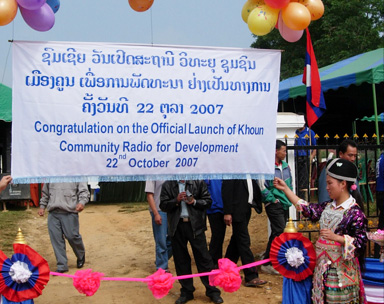
Approaching the station, no one doubted that community radio would be officially launched.

The director of the Ministry of Information and Culture and the UNDP representative turned the radio “on.”

The station began broadcasting the programme schedule the community had worked so hard on.
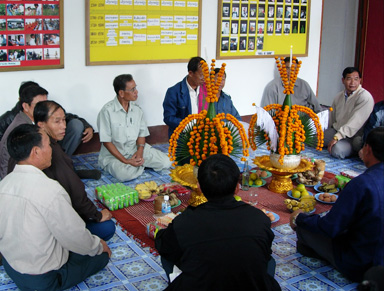
An elder from a nearby Buddhist temple gave a blessing.
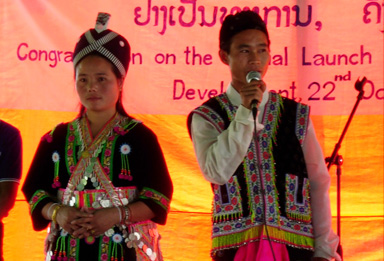
Then began a community celebration of the Khoun Community Radio, highlighting tradition and the future.
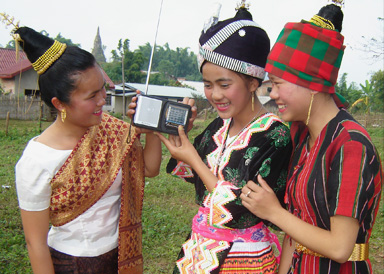
At last, people of the Khoun district were able to listen to programmes about their lives, their livelihoods and their issues—in their languages.
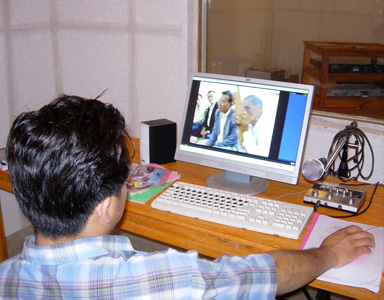
The station provides them relevant information and a space to communicate, debate and develop.
Khoun in Laos, Laos in Asia and Asia in the World…

In facilitating access by community members to the studios, Khoun Community Radio is part of a much wider movement in the region—and in the world.

In November 2007, one week after the radio station was inaugurated, community members participating in the station, along with representatives from the central government and the Lao National Radio, shared their experience while learning from experiences in Nepal, Philippines, Cambodia and Thailand.
At that seminar, community representatives expressed the resolve that Khoun Community Radio not be the only community-run radio station in Laos. It should be just a beginning, spreading to the other 46 of Laos’s poorest, all of which need full local participation in improving the lives of individuals, families and the community.